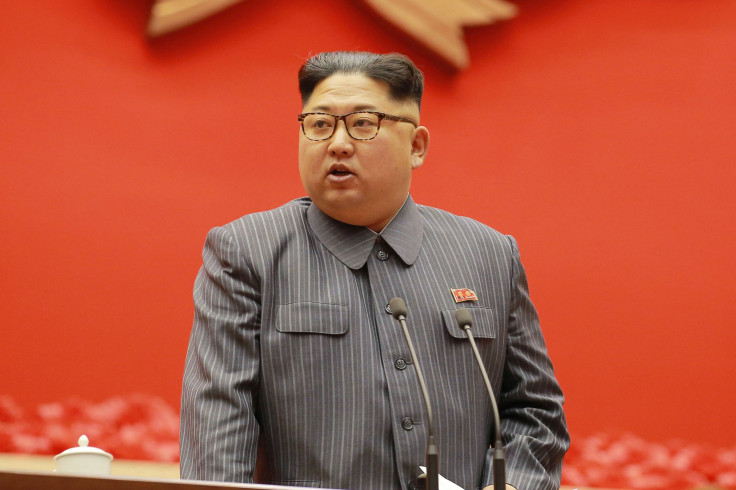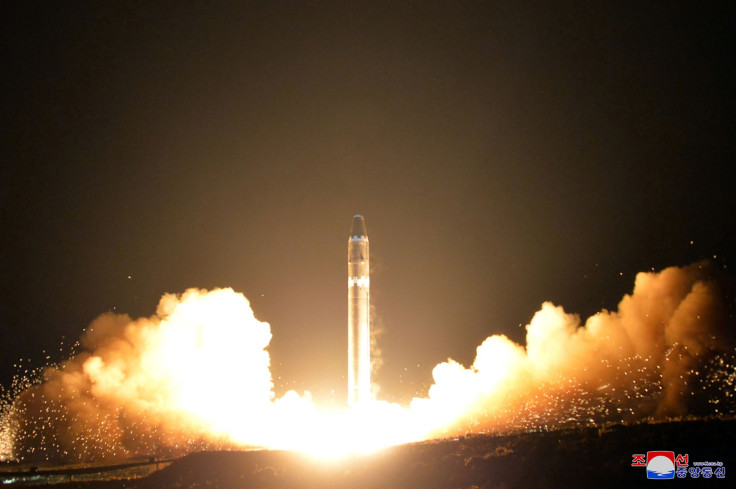North Korea's Submarine Project Indicates Move Toward Full Nuclear Deterrence

Be it an intercontinental ballistic missile (ICBM) or submarine-launched ballistic missile (SLBM), the diverse range of nuclear-capable weapons developed by North Korea and the speed at which they have been developed, have surprised experts from the United States.
According to a report by the Christian Science Monitor, Pyongyang might be heading toward achieving complete nuclear deterrence in a bid to protect the nation from nuclear as well as conventional attacks.
Commenting on North Korea already having nuclear deterrence capability, Vipin Narang, Massachusetts Institute of Technology professor of political science and an expert on nuclear proliferation, said: “I think we have to assume from a policy perspective that they plausibly do – certainly enough that I wouldn’t risk New York or DC to find out.”
The report stated that 2017 was the year when North Korea’s nuclear program caught the worrying attention of Washington and also caused the latter problems. Before this year, North Korea’s nuclear testing at times went wrong and while they were a cause for worry, it was not at a scale to which it had reached in later stages of 2017.
On Sept. 3, North Korea tested a nuclear device which had an estimated yield of 140 kilotons as compared to previous tests which didn’t go beyond 20 kilotons. This led to many U.S. experts thinking that Pyongyang had attained the expertise to make a hydrogen bomb.
North Korea then launched an ICBM, Hwasong-15 in November which flew around 600 miles before going down in the Sea of Japan. According to the U.S., the ICBM, if fired on a lower range, could reach the cities in continental areas of the country and the ones on the East Coast, the report stated.

With the testing of an ICBM, new short and medium-range missiles, it looked as if Pyongyang was embracing new and advanced technology while moving away from old Soviet-era Scud technologies.
Another reason as to why North Korea might be heading toward nuclear deterrence is because of the submarine-launched ballistic missile program (SLBM).
The satellite images of Sinpo South Shipyard on North Korea’s east coast taken on Nov. 5 displayed that the country was working rapidly toward the development of their first working ballistic missile submarine.
These images justified the suspicions of the U.S. military intelligence who suspected that a diesel-electric submarine was being constructed in a shipyard in North Korea. The U.S. military intelligence also stated that the submarine under construction, dubbed as “SINPO-C” was the likely successor of North Korea’s Gorae-class ballistic missile submarine (SSB) and when completed, it will be the largest underwater military vehicle ever built for the Korean People’s navy since the Najin-class freights.
The satellite images were analyzed and released by 38 North, a program from the U.S. Korea Institute at John Hopkins School of Advanced International Studies. The images showed a constant movement of submarine parts around the shipyard.
The SLBM program also prompted the U.S. to send out a plane near the North Korea coast, earlier in December, in order to spy and check for signals for a possible SLBM launch.
According to reports, a reconnaissance aircraft named U.S. EP-3, stationed in Japan, flew near the eastern coast of North Korea to inspect for signals of a forthcoming missile launch from a submarine.
According to a Washington Post article written in September by Narang, Kim Jong Un’s idea behind the usage of nuclear weapons was two-pronged; firstly to use the weapons to protect the country from conventional attacks and secondly to reserve the long range and more powerful weapons to threaten the enemy in order to stop them from launching a nuclear attack.
“It’s a doctrine called ‘asymmetric escalation,’ employed by states that are conventionally weak,” said Narang.
© Copyright IBTimes 2024. All rights reserved.





















